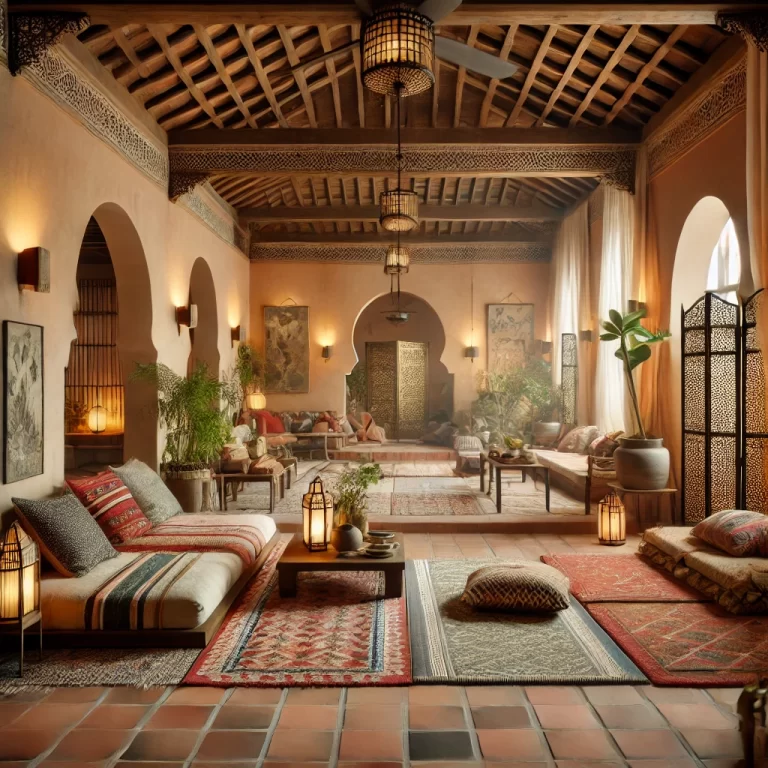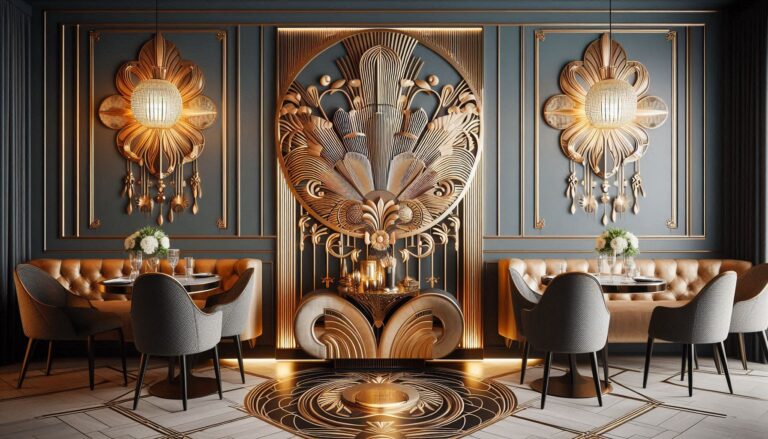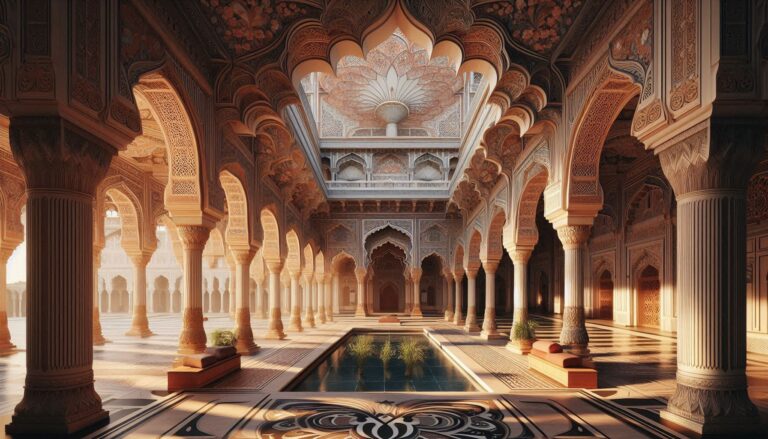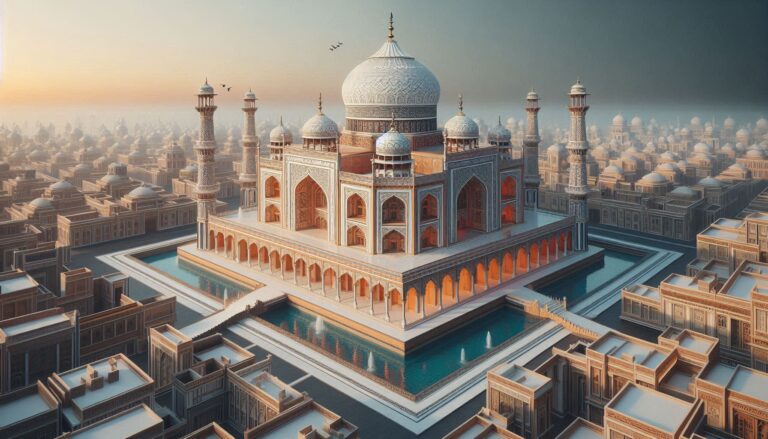The Renaissance Effect: How Classical Art Shaped Interior Design
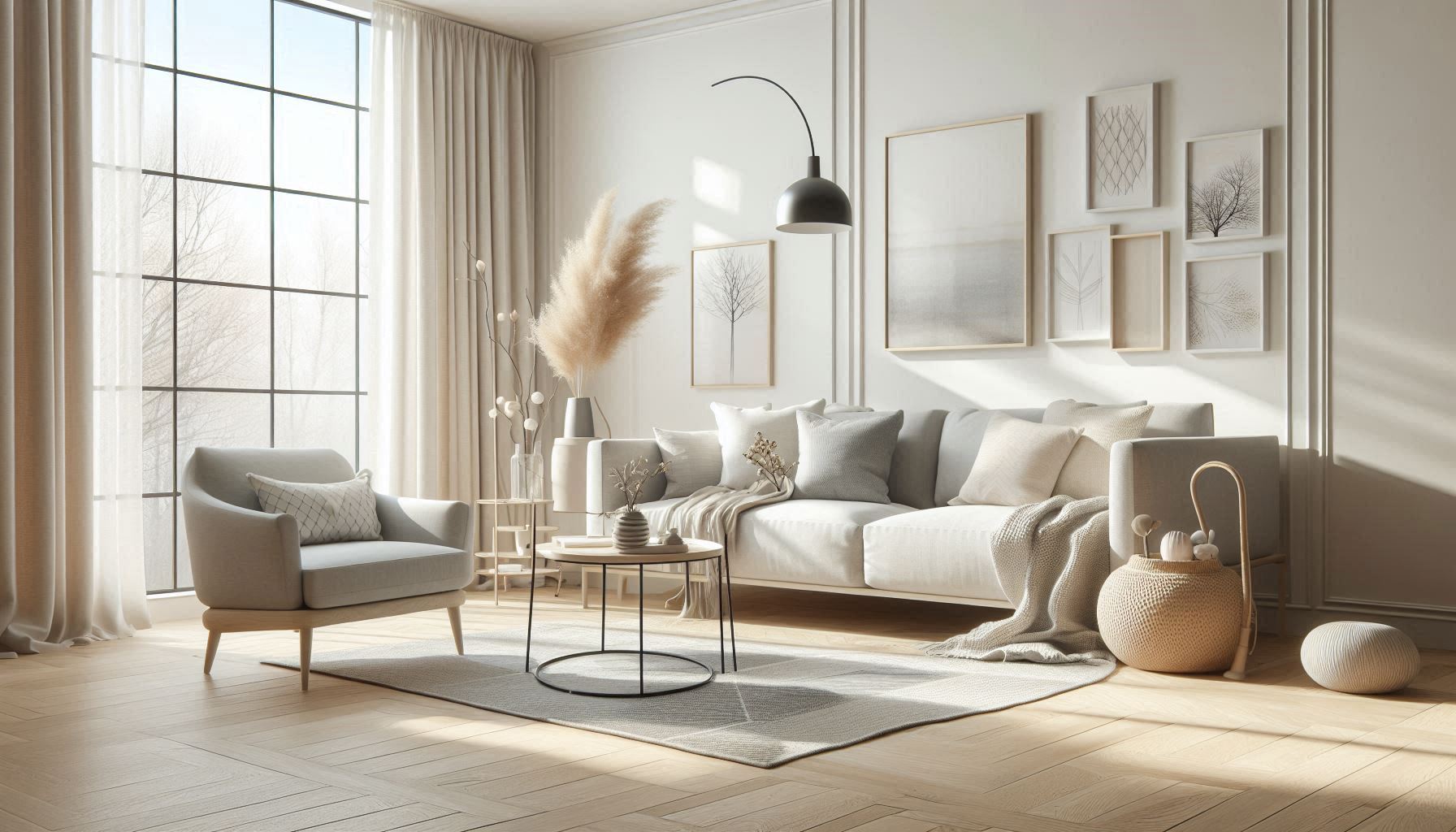
The Renaissance, a period of artistic and intellectual revival spanning the 14th to 17th centuries, profoundly influenced interior design. Rooted in the ideals of classical antiquity, Renaissance interiors showcased balance, harmony, and grandeur, creating spaces that reflected cultural refinement.
Key Influences of Renaissance Art on Interior Design
1. Symmetry and Proportion
Inspired by classical architecture, Renaissance interiors emphasized geometric balance and mathematical proportions. Influenced by thinkers like Vitruvius, designers created harmonious spaces with well-proportioned layouts, often featuring colonnades, pilasters, and coffered ceilings.
2. Ornamentation and Frescoes
The artistic achievements of Michelangelo, Raphael, and Leonardo da Vinci influenced decorative elements in interior spaces. Frescoes adorned walls and ceilings, depicting biblical, mythological, and allegorical scenes. Trompe-l’œil techniques were also used to create illusions of depth and grandeur.
3. Use of Luxurious Materials
Renaissance interiors favored opulent materials such as marble, wood paneling, gilded stucco, and intricate tapestries. These elements added texture and warmth, elevating the ambiance of palaces and villas.
4. Architectural Elements
Renaissance interiors often featured grand archways, domed ceilings, and classical columns, drawing inspiration from Greco-Roman architecture. This structural elegance continues to influence neoclassical and contemporary designs today.
Modern Adaptations of Renaissance Interiors
While contemporary interiors may not replicate Renaissance design in its entirety, many elements persist. The emphasis on symmetry in modern architecture, the use of murals in luxury spaces, and the incorporation of classical motifs in furniture and décor all pay homage to this transformative era.


